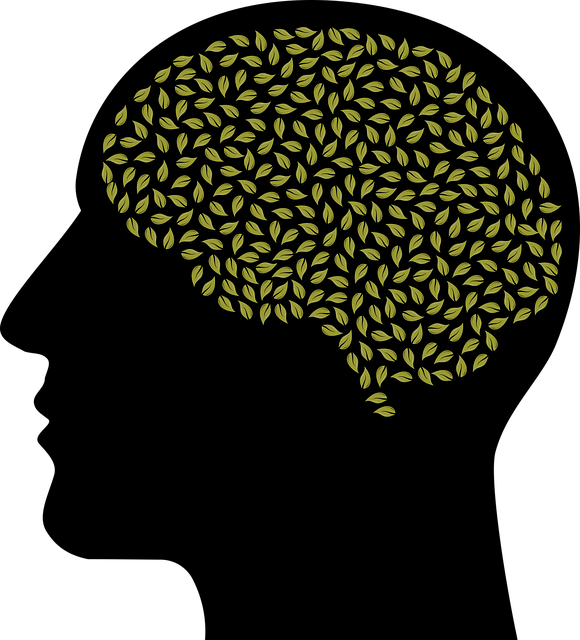Greenwood Village Child Abuse Therapy leverages positive thinking as a powerful tool for healing and personal growth, fostering resilience among patients facing challenges and trauma. Through tailored exercises that blend creativity and developmental understanding, therapists teach children emotional intelligence, stress management, and anxiety relief using age-appropriate activities. This approach enhances therapy sessions, strengthens family bonds, and empowers both therapists and clients with increased emotional agility, measured through qualitative and quantitative assessments for continuous improvement.
“Unleash the power of positive thinking with our comprehensive guide, designed to support therapists and caregivers in helping children thrive. This article explores the transformative potential of positive thinking through the lens of Greenwood Village Child Abuse Therapy. We delve into its role in healing and growth, offering practical strategies for creating effective exercises tailored to young minds. Learn proven implementation techniques, measure progress, and adapt approaches to foster resilience and well-being in children.”
- Understanding Positive Thinking: Its Role in Healing and Growth (Greenwood Village Child Abuse Therapy)
- Designing Effective Positive Thinking Exercises for Children
- Implementing the Exercises: Strategies for Therapists and Caregivers
- Measuring Success and Adjusting the Approach (Greenwood Village Child Abuse Therapy)
Understanding Positive Thinking: Its Role in Healing and Growth (Greenwood Village Child Abuse Therapy)

Positive thinking is a powerful tool that plays a pivotal role in healing and personal growth, especially within the context of Greenwood Village Child Abuse Therapy. This therapeutic approach recognizes the profound impact of positive mindset on an individual’s emotional well-being and resilience. By cultivating optimism and hope, patients can develop the strength to confront challenges and navigate traumatic experiences.
The implementation of positive thinking exercises in therapy sessions offers a structured framework for clients to build empathy for themselves and others, fostering a supportive environment that encourages vulnerability and self-expression. This strategy is particularly beneficial in managing stress and anxiety, which are common among individuals who have experienced abuse or trauma. Moreover, integrating positive thinking into therapeutic practices can enhance risk management planning for mental health professionals, ensuring they provide effective support while prioritizing their own well-being through community outreach program implementations focused on resilience-building initiatives.
Designing Effective Positive Thinking Exercises for Children

Designing positive thinking exercises for children involves a blend of creativity and understanding their developmental stage. At Greenwood Village Child Abuse Therapy, therapists emphasize engaging activities that foster emotional intelligence from a young age. These exercises should be interactive and fun to capture their interest while subtly teaching valuable coping mechanisms. Incorporate scenarios or games that encourage kids to identify and express emotions, fostering self-awareness—a key component of emotional intelligence.
By integrating these practices, children can learn effective stress reduction methods and anxiety relief strategies. Simple techniques like visualization exercises or positive affirmation rituals can empower them to navigate challenging situations with resilience. Tailoring these activities to suit different age groups ensures that they remain age-appropriate and impactful, ultimately contributing to their overall well-being.
Implementing the Exercises: Strategies for Therapists and Caregivers

Implementing positive thinking exercises can be a powerful tool for therapists and caregivers supporting children who have experienced trauma, such as those seeking Greenwood Village Child Abuse Therapy. To effectively incorporate these strategies into therapy sessions, consider personalizing each exercise to cater to individual needs. For instance, for younger clients, visual aids and interactive activities can make the process engaging while promoting emotional understanding. Older children might benefit from journaling prompts or guided imagery techniques to enhance their self-reflection skills.
Additionally, therapists can encourage caregivers to participate in exercises like mindfulness meditation together, fostering a collaborative environment that strengthens family bonds and supports conflict resolution techniques. Incorporating regular self-care routine development for better mental health is also vital. By modeling positive thinking practices, therapists demonstrate resilience and coping mechanisms, empowering both themselves and the children they support to navigate challenging situations with increased emotional agility.
Measuring Success and Adjusting the Approach (Greenwood Village Child Abuse Therapy)

Measuring Success and Adjusting the Approach at Greenwood Village Child Abuse Therapy
The effectiveness of positive thinking exercises in Greenwood Village Child Abuse Therapy is evaluated through various qualitative and quantitative methods. Therapists closely monitor participants’ emotional regulation, observing improvements in mood and behavior over time. This includes tracking reductions in symptoms associated with depression prevention and an increase in conflict resolution techniques demonstrated during sessions. By regularly assessing progress, therapists can tailor their approach to meet each individual’s unique needs.
Adjustments are made based on these insights, ensuring the exercises remain engaging and impactful. For instance, if a particular technique shows limited success, therapists may adapt it or introduce alternative strategies. This dynamic process allows for continuous improvement, fostering an environment where participants actively engage in their healing journey while developing lifelong positive thinking habits.
Implementing positive thinking exercises, as guided by the expertise at Greenwood Village Child Abuse Therapy, offers a powerful tool for fostering healing and growth in children. By incorporating these strategies into therapy sessions or daily routines, caregivers can create a supportive environment that encourages resilience and a more optimistic outlook. Through consistent practice, these exercises have the potential to make a significant impact on a child’s emotional well-being, providing them with valuable coping mechanisms for life’s challenges.














